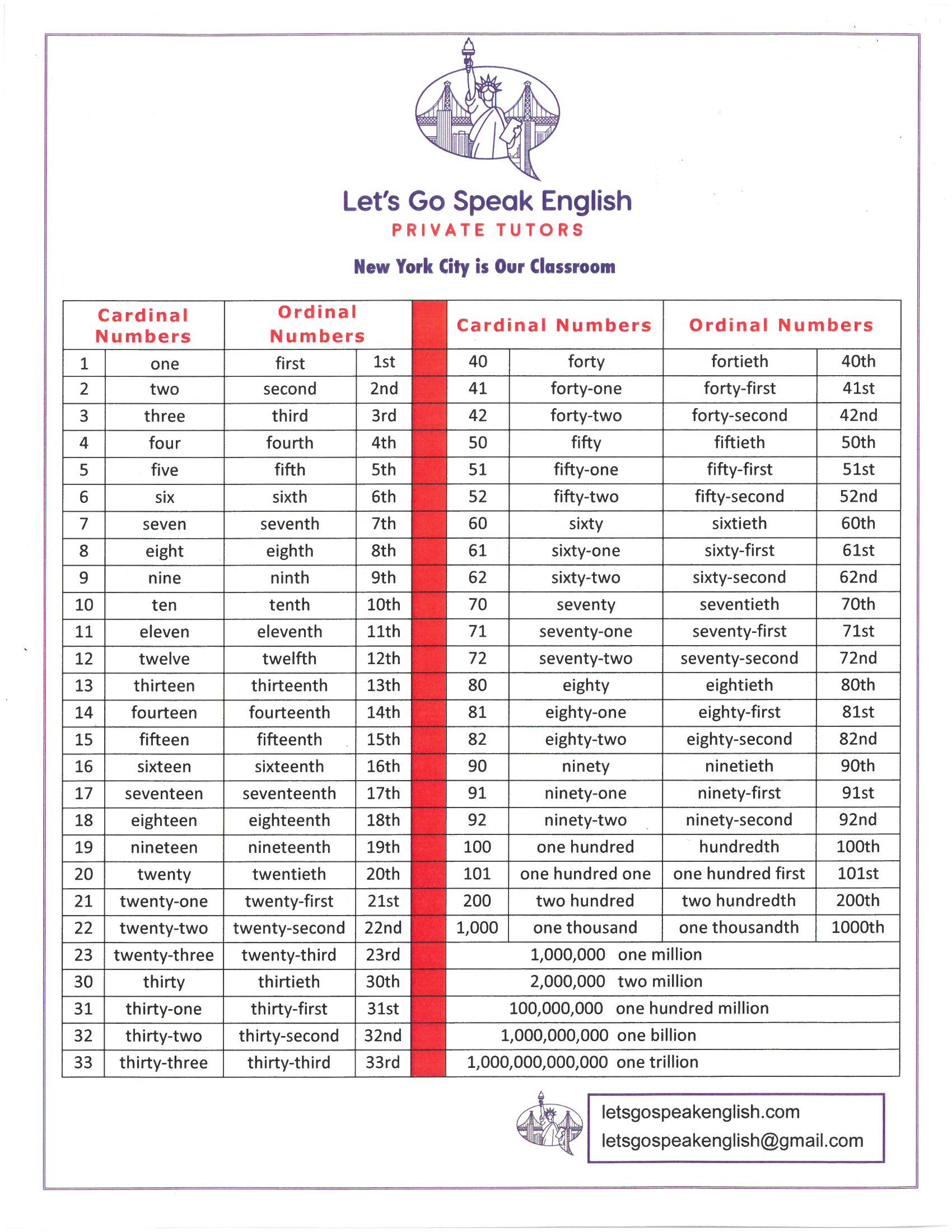Do you celebrate St. Patrick’s Day in your country? New York City LOVES this day.
St. Patrick’s Day is March 17th. Let’s practice English and learn about this fun day!
FOR BEGINNER STUDENTS:
First, read the short text.
Second, do the 2 exercises.
The answers are below.
Saint Patrick’s Day
St. Patrick’s Day is celebrated on March 17 every year.
It is NOT a national holiday. Banks, schools and libraries are open.
St. Patrick’s Day is a fun day to honor Irish Americans.
But a lot of other New Yorkers enjoy the day, too.
The St. Patrick’s Day parade 2025 in New York City starts at 11:00 AM on East 44th Street at Fifth Avenue. It goes up Fifth Avenue to East 79th Street.
About 150,000 people march in the parade. About 2 million people watch!
Will you be there? Let’s talk about it!
Green is the color that represents St. Patrick’s Day in the USA now. Many New Yorkers wear green clothes on March 17th.
Symbols for St. Patrick’s Day are: shamrocks (4-leaf clovers), leprechauns, gold and rainbows.
Exercise 1. Match the words with the pictures. (The answers are below.)
Exercise 2. Write YES or NO.
5. St. Patrick’s Day is in June.____
6. St. Patrick’s Day is a national holiday in the United States.____
7. Banks are closed on St. Patrick’s Day.____
8. There is a parade up Fifth Avenue on St. Patrick’s Day. _____
9. Another word for four-leaf clover is shamrock. _______
10. I want to wear green on March 17! ______
Answers:
Exercise 1. 1.D 2.B 3.A 4.C
Exercise 2. 5.no 6.no 7.no 8.yes 9.yes 10.Maybe! :)
FOR INTERMEDIATE STUDENTS:
First, read the short text. Second, do the exercises. The answers are below.
Saint Patrick’s Day*
St. Patrick's Day began as a religious holiday in Ireland and became a big celebration in the United States because of the number of Irish Americans. But guess what? Saint Patrick was not actually Irish! Patrick was a nobleman born in about 400 A.D. in Britain. When he was 16 years old, he was kidnapped by Irish pirates. He was kept as a slave for 17 years, but he escaped Ireland and managed to get back to Britain. Remarkably, he returned to Ireland later as a missionary. March 17th is the believed date of Patrick’s death.
New York City held the first St. Patrick’s Day parade way back in 1762. By the mid-19th century, parades were common. The parades celebrate Irish-American culture and background. The celebrations also often include a lot of drinking, especially of beer dyed green. In Chicago, the Chicago River is dyed green for the celebration - wow!
Another surprise: the color originally associated with Saint Patrick was blue! Over the years, the color green became increasingly linked with Saint Patrick's Day. Green ribbons and shamrocks are worn for good luck. Leprechauns are imagined to lead people to find gold over a rainbow. So leprechauns, rainbows, pots of gold and shamrocks are common symbols for this celebration.
The St. Patrick’s Day parade is held annually on March 17th at precisely 11:00 AM in honor of St. Patrick, the Patron Saint of Ireland and of the Archdiocese of New York. The parade route goes up Fifth Avenue beginning at East 44th Street and ending at East 79th Street. Approximately 150,000 people march in the parade which draws about 2 million spectators.
Exercise 3. Synonyms – words that mean the same thing – or almost the same thing.
Which of these are synonyms for vocabulary in the text?
a. surprisingly
b. associated with
c. four-leaf clovers
d. got away, broke free
e. people who watch an event
f. a magical and mischievous elf
g. captured
h. a person whose goal is to share Christianity with others
i. a wealthy man or aristocrat
____1. nobleman
____2. kidnapped
____3. escaped
____4. remarkably
____5. missionary
____6. shamrock
____7. leprechaun
____8. linked
____9. spectators
Exercise 4. Let’s check your understanding:
10. Where was Patrick born?
11. How many years was he held against his will?
12. Why did he go back to Britain after escaping?
13. Is the Hudson River dyed green for St. Patrick’s Day?
14. Have you ever celebrated St. Patrick’s Day? Have you ever marched in a parade?
To learn more about the NYC parade: https://www.nycstpatricksparade.org/
*Adapted from: https://www.history.com/topics/st-patricks-day
Answers:
Ex. 3. 1.i 2.g 3.d 4.a 5.h 6.c 7.f 8.b 9.e
Ex. 4. 10. in Britain 11. 17 years 12. to be a missionary and share Christianity 13. no, the Chicago River is dyed green 14. Let’s talk about it!
Baking Cookies for St. Patrick’s Day
I love to bake cookies for many holidays. Here is my favorite recipe for rolled sugar cookies. This year I made St. Patrick’s Day cookies. Do you recognize the shapes of my cookie cutters? I used 3-leaf and 4-leaf clovers plus a pot of gold. I wish I could share the cookies with you - they are pretty delicious! I hope you will make some, too. You can use any shape of cookie cutter with this recipe….
Do you like to bake? Let’s talk about it!
Robin’s Favorite Rolled Sugar Cookies
Use a hand mixer or a standing mixer:
Cream together (for 2 minutes):
1 cup salted or unsalted butter (at room temperature)
2/3 cup sugar
Beat in (for 1 minute):
1 egg
Add and mix (1 minute):
1 tsp. vanilla
Add:
1/2 tsp. salt (Don’t add the salt if you use salted butter.)
2 1/2 cup sifted flour (Remember to sift the flour BEFORE you measure the 2 1/2 cups.)
Mix until all ingredients are well blended.
Form 2 flat balls of dough. Wrap in plastic wrap.
Chill the dough 3-4 hours or overnight before rolling.
Preheat oven to 350 degrees Fahrenheit.
Roll out 1/4” thick and cut.
Place on cookie sheets about 1/2 inch apart.
Decorate with sprinkles before baking, if desired.
Bake for 8-10 minutes or until barely colored.
Remove from cookie sheets and cool on wire racks.
Enjoy!!!!




















